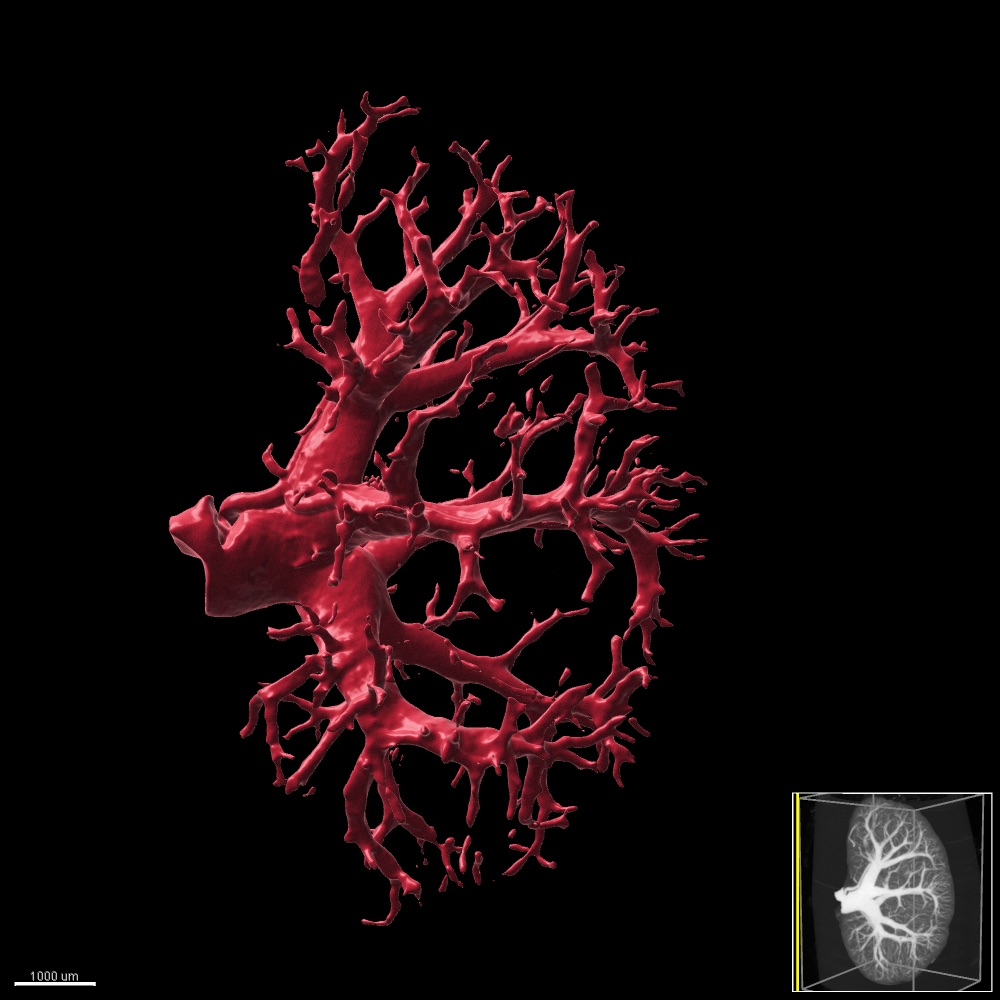Predominant Role of Microvascular Injury and Rarefaction Function as Drivers of Progressive Renal Damage and Fibrosis Post Mild and Severe Acute Ischemia-Reperfusion Injury
1Medicine Faculty, CRCHUM, CDTRP, University of Montreal, Montreal, QC, Canada, 2CRCHUM, Montreal, QC, Canada, 3CRCHUM, CDTRP, Montreal, QC, Canada, 4Medicine Faculty, CRCHUM, Saint Justine Hospital, University of Montreal, Montreal, QC, Canada, 5CRCHUM, CDTRP, University of Montreal, Montreal, QC, Canada
Meeting: 2020 American Transplant Congress
Abstract number: 193
Keywords: Apoptosis, Fibrosis, Renal ischemia, Vascular disease
Session Information
Session Name: Basic: Ischemia Reperfusion & Organ Rehabilitation I
Session Type: Oral Abstract Session
Date: Saturday, May 30, 2020
Session Time: 3:15pm-4:45pm
 Presentation Time: 3:27pm-3:39pm
Presentation Time: 3:27pm-3:39pm
Location: Virtual
*Purpose: Ischemia-reperfusion injury (IRI) is a major risk factor for chronic renal failure. Here, we characterize the different cell deaths in tubular and microvascular compartments of IRI-induced acute kidney injury (AKI) and their relative importance on renal fibrogenesis.
*Methods: Unilateral renal artery clamping for 30 or 60 minutes with contralateral nephrectomy was performed in wild-type (C57BL/6) or caspase-3-/- mice.
*Results: In the mild AKI model (30 min clamping), caspase3-/- mice showed aggravated tubular epithelial cell (TEC) injury with higher tubular injury scores and serum creatinine at early stage. Electron microscopy, RIPK3 (receptor-interacting serine/threonine-protein kinase 3) immunohistochemistry, and phosphorylated RIPK3 levels demonstrated enhanced TEC necroptosis in caspase3-/- mice. In contrast, microvascular congestion was reduced in early stage in caspase3-/- mice. In the long-term, microvascular rarefaction was reduced in caspase3-/- mice. This was associated with reduced renal fibrosis, decreased α-smooth muscle actin (α-SMA) and collagen deposition within peritubular capillaries (PTC). Preservation of PTC in caspase3-/- mice led to reduced tubular ischemia, with lower hypoxia-inducible factor 1α (HIF1α) expression and improved tubular injury scores at long-term. Intra-vital imaging demonstrated better maintain of endothelial permeability and microvascular perfusion in caspase3-/- mice, while microCT analysis suggested ameliorated terminal capillary preservation in the same grouP. In the severe AKI model (60 min clamping), despite an early similar initial tubular and microvascular injury, caspase3-/- mice showed better long term outcomes: ameliorated tubular injury, attenuated microvascular injury as well as reduced collagen deposition and reduced α-SMA within PTC.
*Conclusions: Collectively, these results establish the pivotal importance of caspase-3 in regulating microvascular apoptosis and fibrosis post-IRI. These findings also demonstrate the predominant role of microvascular as a driver of progressive renal damage and fibrosis post-IRI.
To cite this abstract in AMA style:
Lan S, Yang B, Sabo-Vatasescu J, Bourgault M, Karakeussian-Rimbaud A, Turgeon J, Qi S, Patey N, Dieudé M, Hébert M. Predominant Role of Microvascular Injury and Rarefaction Function as Drivers of Progressive Renal Damage and Fibrosis Post Mild and Severe Acute Ischemia-Reperfusion Injury [abstract]. Am J Transplant. 2020; 20 (suppl 3). https://atcmeetingabstracts.com/abstract/predominant-role-of-microvascular-injury-and-rarefaction-function-as-drivers-of-progressive-renal-damage-and-fibrosis-post-mild-and-severe-acute-ischemia-reperfusion-injury/. Accessed July 5, 2025.« Back to 2020 American Transplant Congress

